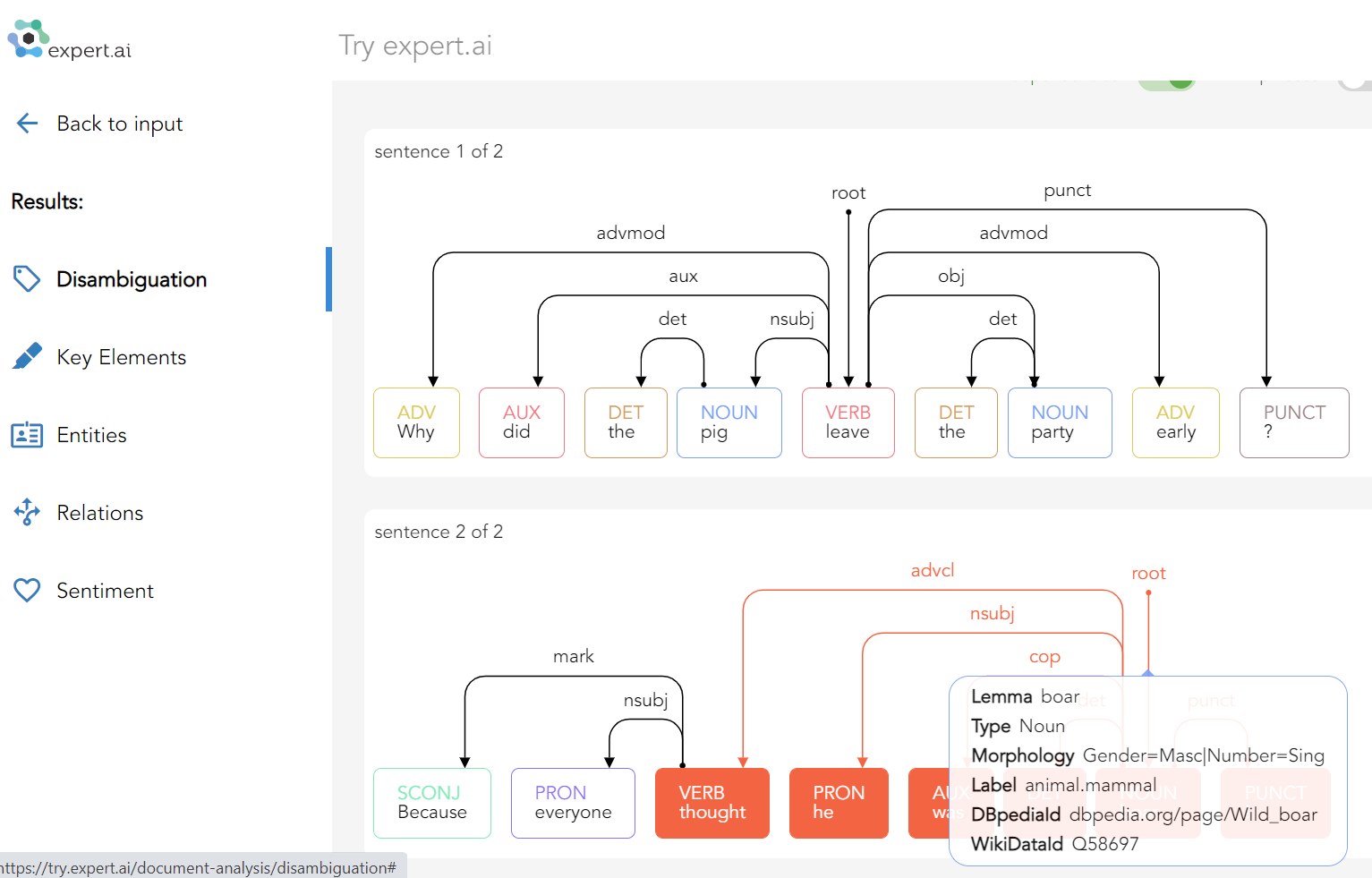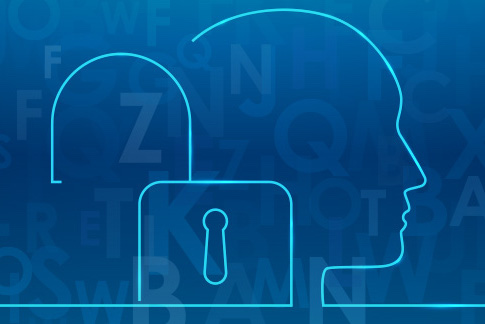
![]()
![]() Today is “National Tell a Joke Day” in the US, and we thought it would be fun to celebrate this occasion by highlighting the role that language plays in humor.
Today is “National Tell a Joke Day” in the US, and we thought it would be fun to celebrate this occasion by highlighting the role that language plays in humor.
As is the case with so many jokes, they rely on the wealth of complexity and nuance of language to deliver the punchline. In fact, the play on words often IS the joke, and “getting” it is rooted in understanding the meaning and context of the surrounding text.
This is why humor is so difficult for those who are new to a given language or culture. You have to be able to understand so many variables—the irony, sarcasm, puns and cultural references—that it just takes time and exposure to get it right.
So, how do we develop the ability to appreciate the intricacies of language for fun?
As children, brain development occurs rapidly, and 90% of our brain is developed by age 5. We’re born with all the brain cells we will ever need, and we are constantly making connections or synapses through every experience, every interaction; when reinforced, these connective muscles get stronger over time.
Language development is happening almost immediately. Children of up to 20 months are already understanding simple words in context, those between 2-3 years are beginning to apply grammar rules, and by age 5, they are understanding metaphors. Understanding more complex linguistic features—abstractions, figurative speech, nuances and idiomatic expressions, for example—takes a little longer. By age 6, children are using language to make jokes and engage in sarcasm.
There are many examples that play on the nuances of language for humor. At expert.ai, we like to use an example that represents both word play and syntactic ambiguity: “Time flies like an arrow; fruit flies like a banana.”
This brings us to technology. The very nature of wordplays and other linguistic features that make language fun for humans confounds technology. We’ve said it before: what is easy for people is often hard for machines. To provide value, any technology that works with human language must confront these same complexities.
Expert.ai understands language in context because it understands meaning and interprets the concepts contained in text as a human does. This human-like capability is based on “disambiguation.”
Our technology resolves ambiguity by performing disambiguation through the interaction between the embedded semantic engine and knowledge graph. This allows it to distinguish between the various meanings of all the elements of a sentence through “reasoning,” to differentiate the proper context and to resolve conflicts that arise when a word can express more than one meaning.
In addition to providing representations of general knowledge, our Knowledge Models address specific enterprise situations. With 300+ deployments of natural language solutions, we have developed deep domain expertise in a variety of sectors, including insurance, technology, financial services and media. Our Knowledge Models capitalize on this expertise with rules-based models that contain concepts and relationships specific to an industry, role or use case that can be used out of the box to quickly improve the accuracy of natural language results and surface new insights from unstructured data.
Here is a simple example using our Natural Language API on the sentence, “Why did the pig leave the party early? Because everyone thought he was a boar.”

The wordplay leverages phonetics, and the key to understanding it lies in connecting the word “boar” with an animal rather than someone who is not interesting.
We hope you had some fun learning about the role of language in humor and learned something in the process!


